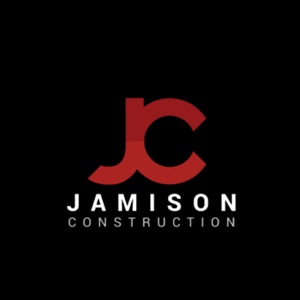When it comes to commercial concrete construction, precision is key. One of the most crucial steps in ensuring a level and properly graded foundation is selecting the right grading technology. With advancements in construction technology, professionals now have the option of 2D/3D grading systems. But which one is right for your project? Let's explore the differences, benefits, and applications of each to help you make an informed decision.
Understanding 2D Grading
2D grading utilizes laser or sonic control to maintain a consistent grade across a site. This method is widely used for projects requiring a uniform surface, such as roads, parking lots, and basic commercial concrete foundations.
Benefits of 2D Grading:
Cost-effective – Requires less advanced technology, making it a budget-friendly choice.
Simple operation – Easier to use and requires less training for operators.
Reliable for flat surfaces – Ideal for projects that don’t require complex elevation changes.
Efficient for repetitive work – Perfect for large, uniform areas like warehouses and parking lots.
However, 2D grading is limited when it comes to handling varying elevations, slopes, and intricate site layouts.
Understanding 3D Grading
3D grading leverages GPS and machine control technology to create highly accurate site elevations and contours. This method is essential for complex projects that require precise shaping and varying elevations.
Benefits of 3D Grading:
Superior accuracy – Provides detailed site mapping and elevation adjustments.
Efficiency boost – Reduces manual surveying time and minimizes errors.
Best for complex designs – Suitable for projects with slopes, curves, or varying elevations.
Reduces material waste – Optimized grading prevents over-excavation and saves costs in the long run.
Though 3D grading requires a larger investment upfront, its accuracy and efficiency often lead to long-term savings in material and labor costs.
Which Grading Method is Right for Your Project?
Choosing between 2D and 3D grading depends on the complexity of your project:
If your project involves flat surfaces and simple grading, 2D grading is a cost-effective and efficient choice.
If your project requires precision with varying elevations, such as highways, multi-level foundations, or commercial landscapes, 3D grading is the superior option.
we specialize in utilizing cutting-edge 2D/3D grading technology to ensure precise and high-quality commercial concrete construction. Whether your project demands basic leveling or advanced grading, our team has the expertise to deliver excellence.
Final Thoughts
Both 2D and 3D grading have their advantages, and selecting the right method depends on the unique needs of your commercial concrete project. By working with an experienced team like Jamison Construction, you can ensure your foundation is built with the highest level of precision and durability.



Write a comment ...